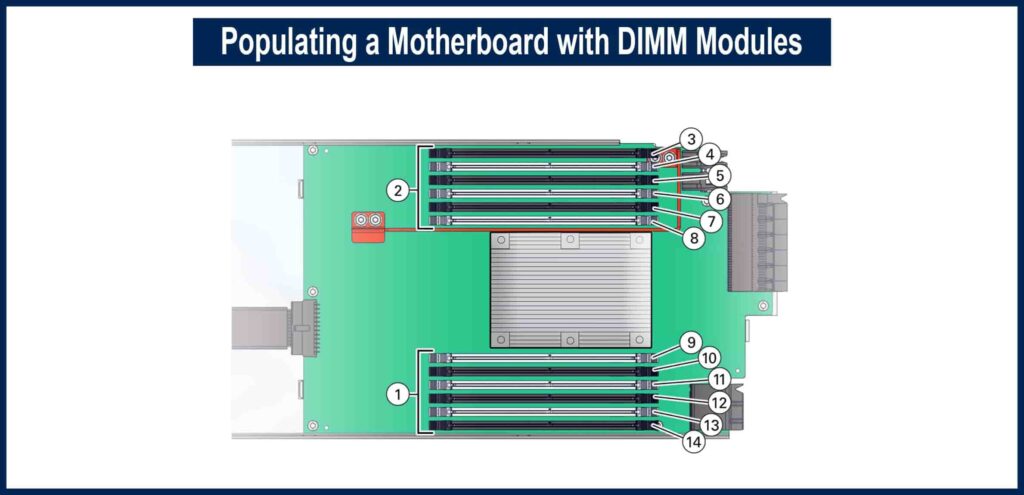There are situations when people try to link up their hardware and make changes to the board themselves. It can seem like an easy task, while it can still cause a lot of problems if you make even a little mistake.
There is a situation when populating a motherboard with DIMM modules; some configuration options will not work. In case you want to know what configuration will not work and why? Then here is a brief guide about what you want to know.
When populating a Best X590 Motherboards with DIMM modules, mixing unbuffered with registered configuration won’t work out on your system. There is a lot going on with unbuffered memory configurations, and you may never know what to do with the memory module.
Difference between Unbuffered and Registered Memory
There is a slight difference between them both. In a registered memory configuration, the commands are sent to the memory bank’s register first, and then they are sent to the modules. For unbuffered memory, the memory commands configurations go to the memory module directly. This can affect the performance sometimes.
The buffered memory has a register between DRAM for storing each bit of the data that you are processing along with the system’s memory controller that has all the logic necessary to write and read to DRAM. Both of these memory chips cannot be formed together and mixed.
A computer memory controller is designed in such a way that it needs to either be buffered or unbuffered. The advantage of having buffered RAM is that it puts a less electrical load on the controller, whereas unbuffered RAM can have a lot of electrical load on the memory of your computer system.
Unbuffered RAM in PC
Unbuffered RAM is suitable to be used on computers that are used in homes or offices. It is not necessary to use such RAM in large systems or servers. The registered memory is known as RDIMM, just in case if you didn’t know. It is important for the motherboard of your system to match the memory type that you are using. Usually, it is not possible to use a registered RAM on a motherboard that is not designed for it. An unregistered RAM will run easily in such a case.
Conclusion
This was a discussion about what configuration will not work when populating a motherboard with DIMM modules and we found mixing unbuffered with registered configuration will not work on a computer system. We hope you find this info useful for your knowledge, and in case you have more to ask, join our community forums.
FAQ’s
Q#1: What is the difference between unbuffered and buffered memory?
Ans: There is not much of a difference in a buffered and unbuffered memory of a computer system, but the working procedure may be a bit different. A registered memory configuration sends the commands to the memory bank’s register first, and then they are sent to the modules. For unbuffered memory, the memory commands configurations go to the memory module directly. This can affect the performance sometimes.
